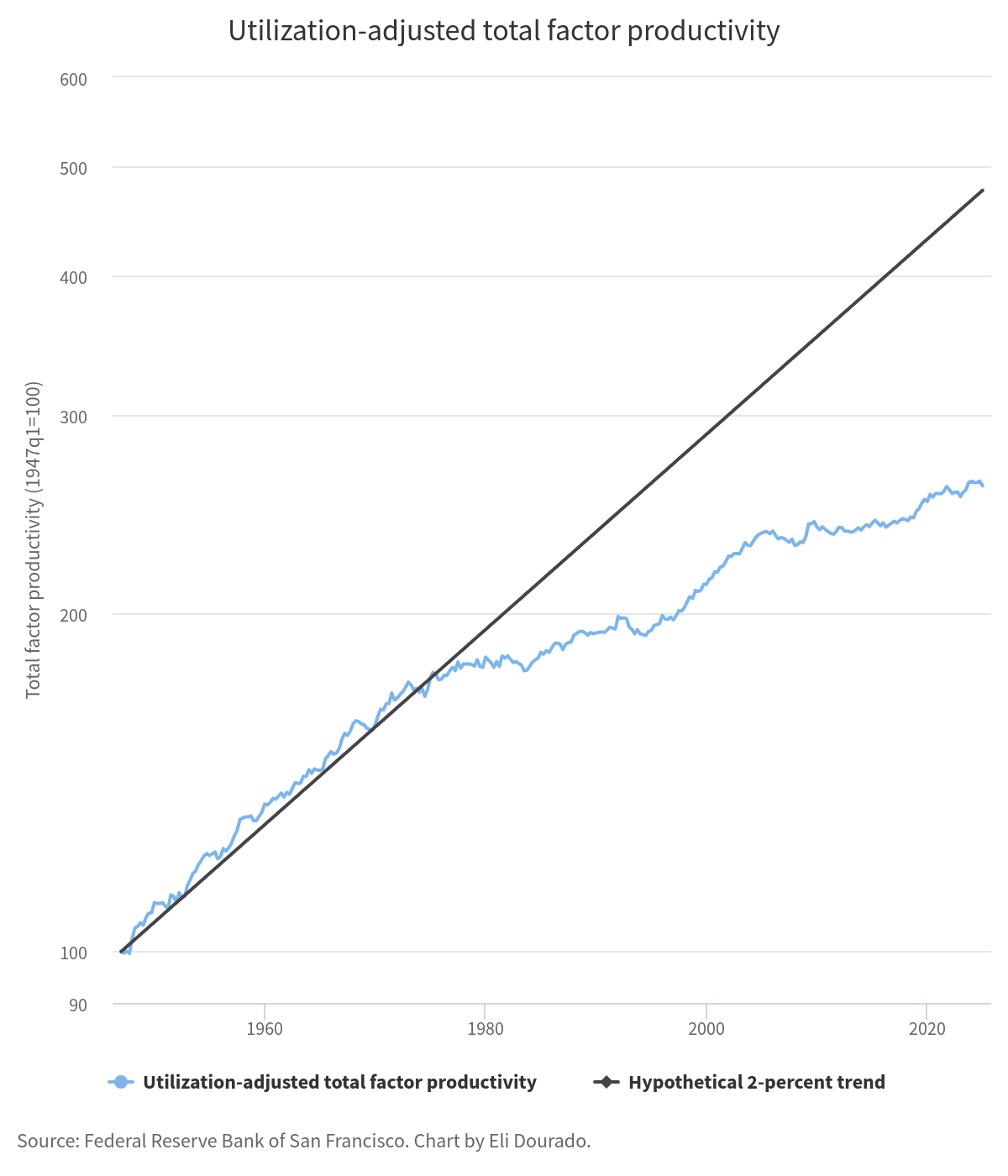For Starters #53: Three Alternatives to Pricing by the Incremental Seat
More People ≠ More Value
In the year 2025 B2B software sold by the incremental seat or user (e.g. Slack’s $8.75/user/month pricing) is still surprisingly common. Surprising because there are a number of macro-trends providing headwinds against this pricing model.
The strongest headwind is All Companies Are Getting Smaller. But again, this is a bit of a myopic statement, as I mentioned in For Starters #10 - 87% of all US companies (15.8M companies) have less than 20 employees. Those companies required to file a federal WARN Act because they have more than 100 employee: just 467,000 by comparison.
So, the vast majority of companies are already small and the bigger ones are, according to TechCrunch 2025 layoff tracker, getting smaller, shedding hundreds of employees at a time.
Despite the nearly unavoidable (and self-serving) hype, this has nothing to do with generative AI and much more to do with the long term trend of employee costs outstripping the revenue growth expectations. A small part of those increasing employee costs is software priced by the incremental seat.
The two charts below show while 100% more people are employed than 50 years ago, our overall productivity has only increased 25%. Ouch.
While those numbers are aggregate across the US, more people doesn’t inherently mean more revenue, even within a given industry. I recently analyzed some data showing:
Organizations making $5-6M/year have between 35-1,200 employees.
Organizations making between $100M-$200M, between 1,200-12,000 employees.
It’s hard to find the right incremental seat price when then number of potential seats varies this widely while the size of the revenue pie stays static. Not only is the customer value is all over the board, but…
When do we count the employees?
Do we count all the employee accounts or just the active ones?
When do we re-count?
Given how dynamic staffing levels have been for the past 5 years, baking these calculations into the pricing strategy seems like a lot of low value churn (right up there with time tracking for hourly billing).
What might we consider instead?
Price the thing the people create.
Seats are most likely a proxy for some other kind of value, transformation, or outcome. For example, let’s imagine we’re selling a highly-specialized project management software. We have a customer with 50 employees. On average there are 3 people to a project and each person has 6 projects per year, that shakes out to 96 projects per year (which you could confirm by asking them for YoY trends). This total might vary a little over the course of a year, and is more likely to decrease 10% than it is to increase 10%, but we should give a little optimistic cushion.
So we quote them a price for a band of 90-105 projects per year for $100,000. Maybe there’s also a lower 75-90 projects / year band and a higher 105-120 band.
The customer will most likely hit that number of projects no matter how many employees they have, at least for a couple years.Price the expected top-line revenue improvement
In an ideal world, each incremental person creates an equal incremental revenue for their employer. However as we’ve seen, the staffing levels can vary wildly while productivity and top line revenues both stay stubborn. So, if your product helps customers generate more revenue, consider pricing against 10-20% of their expected incremental revenue increase.
Again, back to the project management example. Let’s say this specialized project management software helps improve project quality by 10% and the customer can immediately add to their top line. That 10% improvement translates to $10K/project, as the project management vendor we can claim $1K of that, and with ~100 projects per year, that’s also $100,000.Price the service, not the product
In an ideal world, everyone just knows how to use your software and will immediately understand how it’s used in any given customer context. However, in a world where staffing levels are dynamic, business continuity becomes more valuable.
The customer is not actually buying a niche project management tool - they’re probably buying business continuity and organizational knowledge transfer in an environment with higher than desired turnover.
In this scenario, we charge $0 for the software itself. We instead charge for a year of services; regular onboarding sessions for new employees, support and quarterly training for all employees to maximize their value in the tool, ad hoc guidance and support for overloaded employees, and monthly executive reviews of the state of all the projects in the account.
One amazing account exec could probably handle 2-3 of these 50-person/100-project accounts over the course of the year, so again $100K.
As you can tell, there are lots of ways to get to the same price, which also means it’s possible to transition from per-seat pricing to something else by holding the price steady for one year and simply articulating it in an metric that’s much more valuable to your customer.





